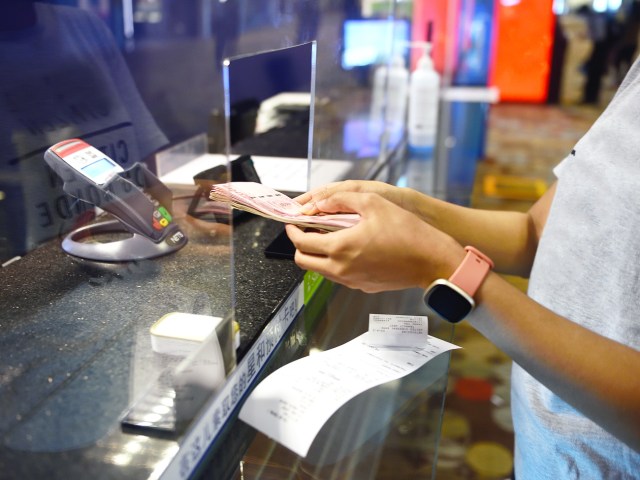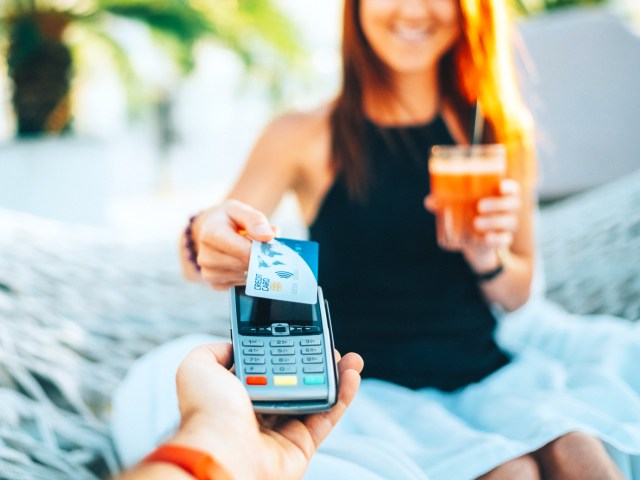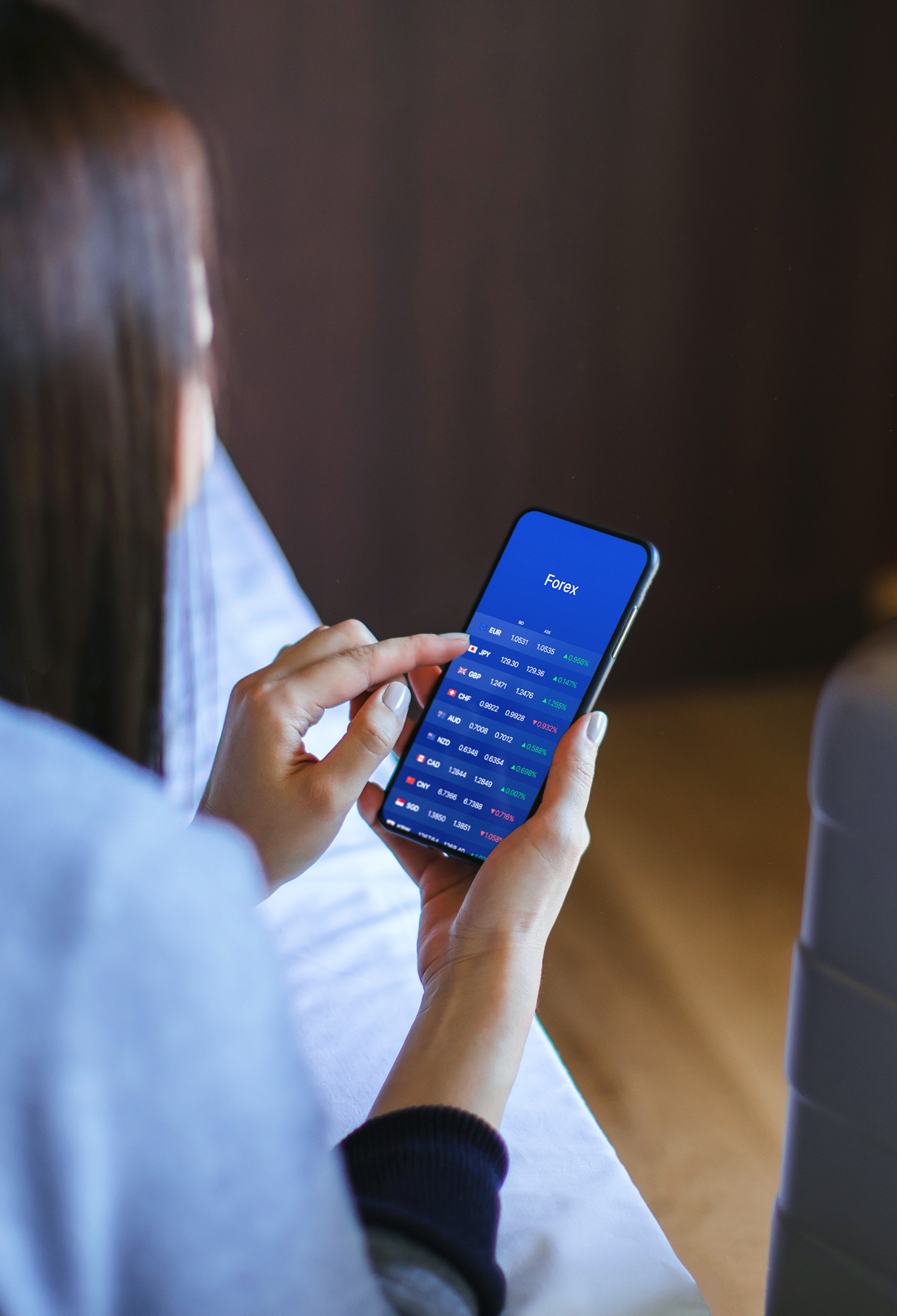Visiting another country often requires lots of preparation leading up to the trip, from applying for a travel visa to learning the basics of an unfamiliar language. One of the most common tasks is exchanging your money for foreign currency. When abroad, it’s helpful to have local currency on hand for making purchases, especially as many restaurants and shops abroad still don’t accept credit cards, and in case of emergency. However, exchanging currency comes with potential risks — even experienced travelers often fall victim to predatory practices. So, before you head to the airport to embark on your next journey, here are six common mistakes people make when exchanging foreign currency and how to avoid them.
Exchanging Money at the Wrong Place

High-traffic areas with many tourists are among the worst places to exchange currency. This includes airports, train stations, hotels, and exchange kiosks located near public squares and other popular areas. Many of these locations take advantage of tourists who wait until the last minute to exchange their money, and they charge fees as high as 20% for each transaction. Many tourists assume those fees are standard and don’t even realize they’re being taken advantage of until it’s too late.
The best place to exchange currency is actually back home with your bank. Some banks, such as Bank of America and Citibank, will even waive fees for exchanging money, while others impose a more modest 1% to 3% transaction fee and offer reasonable exchange rates — far less than many dedicated kiosks overseas. We recommend calling your bank first to check if they have the currency you’re looking for, as not all banks carry every type of foreign currency.
If you can’t exchange money at your bank or are already abroad, check with your home bank if there are any in-network ATM locations overseas. Again, the fees for doing so will be far less than going to a kiosk at the airport or hotel. Unfortunately, it’s not always that simple to find an in-network ATM overseas. You may end up having to settle for withdrawing money from an out-of-network ATM and paying whatever fees they impose, but they are usually still lower than dedicated exchange kiosks.
Failing to Research Exchange Rates

Do a little research about exchange rates beforehand to ensure you don’t get ripped off like less knowledgeable tourists. If you know the current exchange rate, you can walk into a currency exchange center and ask for a more favorable deal. If they refuse, then just take your business elsewhere. Companies like Bloomberg and Reuters provide helpful resources that are frequently updated and will keep you privy to the latest rates.
Exchanging Too Much Currency

It can be tempting to load up on foreign currency so that you don’t have to worry about running out and needing to withdraw more overseas. The downside, however, is that you may end up with extra cash at the end of your trip that you have no use for. Sure, you can exchange that currency back into U.S. dollars, but then you’ll likely be subject to the same fees that you already paid when you made the initial exchange. Try to develop a realistic budget for your trip abroad and avoid overdrawing too much cash from the get-go.
Not Being Aware of Fees

In addition to the upfront exchange fees that people warn you about, there may be several hidden fees that you won’t know about until it’s too late. These can include service fees, conversion fees, and other sneaky charges. Be sure to clarify what fees you’ll be paying before actually handing over money, and don’t believe anyone who tells you that their fees are the lowest in town — this is likely just a deceptive marketing tactic.
Throwing Out Your Receipts

No traveler wants to return home from a trip only to realize more money was withdrawn from their bank account than expected. Incidents like this are why it’s essential to hold onto any receipts from foreign currency transactions — that way, you have proof if you need to dispute any charges with the bank. Only throw out your receipts once you’ve returned home and confirm that everything appears correct in your bank account.
Using Your Credit Card

If you don’t have cash handy or a debit card to use, then you could use your credit card for a cash advance. However, this is almost always a terrible idea. You may end up paying more in fees than you actually withdraw due to the high-interest rates and exploitative charges associated with cash advances. That said, it’s usually safe to use your credit card to make international purchases — just check with your bank beforehand to confirm what percentage they impose on international credit card transactions. Many banks offer credit cards that waive any foreign transaction fees, which makes them a handy alternative to exchanging currency abroad.
More from our network
Daily Passport is part of Inbox Studio, which publishes content that uplifts, informs, and inspires.
















